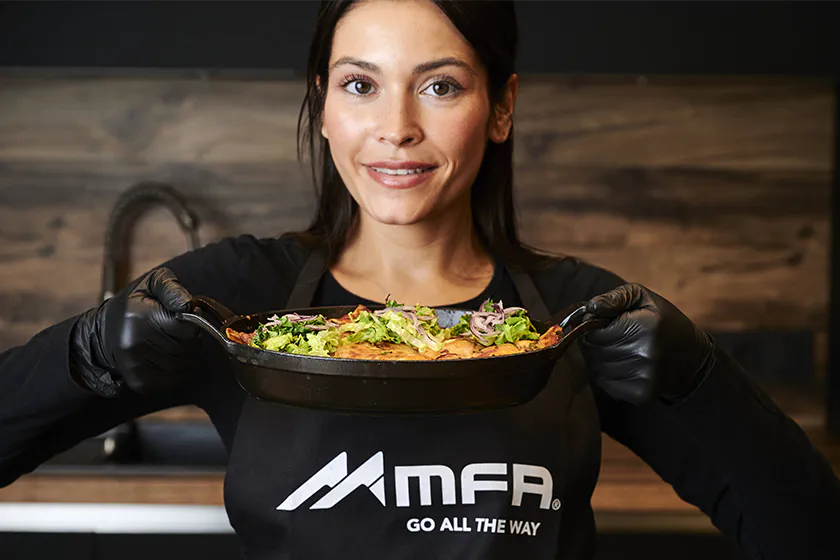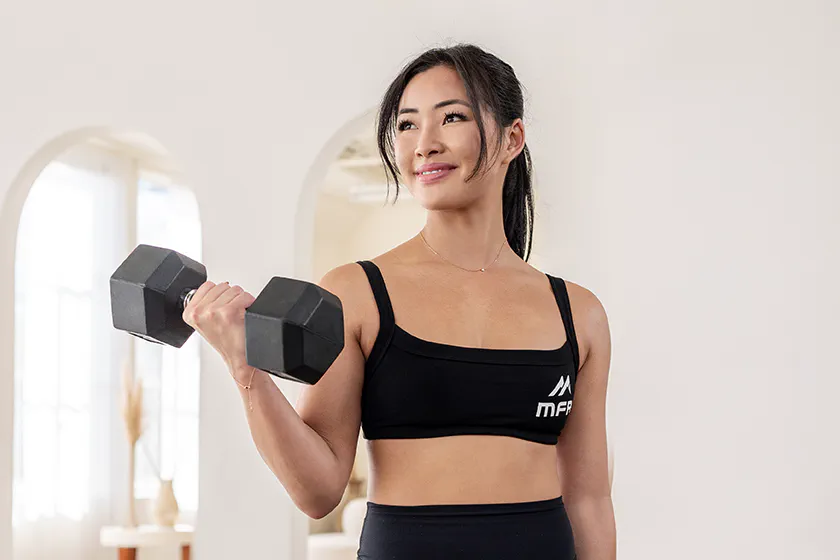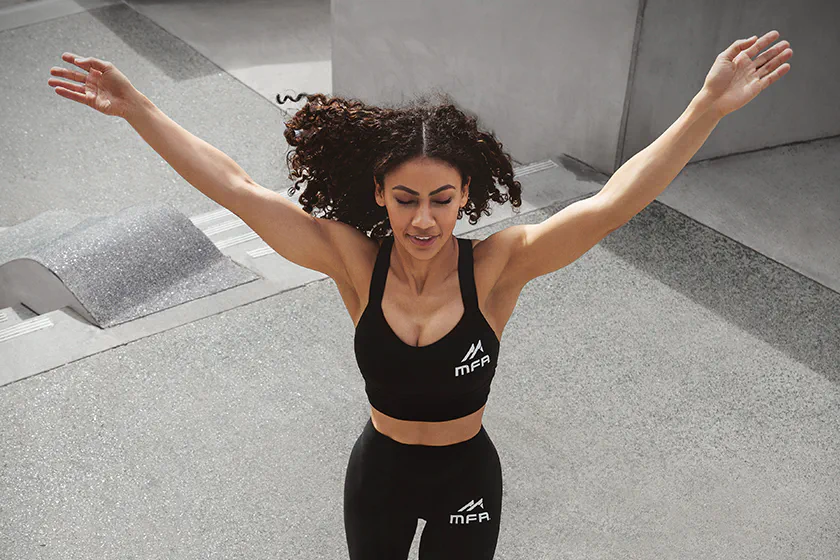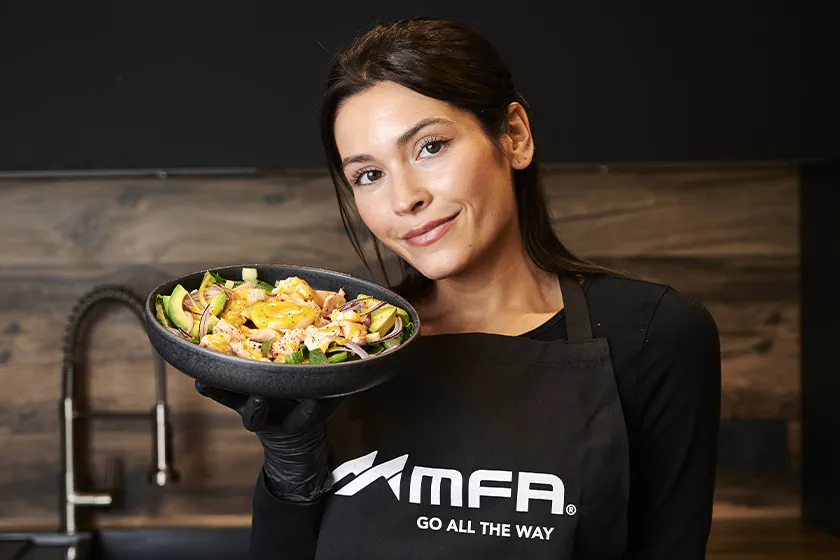The Free and Ultimate Guide to Superfoods

Superfoods - we hear this term A LOT in the world of health and wellness, but what does it actually mean? Superfoods are commonly referred to as “functional foods” because they contain an array of beneficial properties that are necessary for optimal human functioning.
In this article, we delve into the world of superfoods, exploring some of the best sources and understanding how they can contribute to a healthier and more vibrant diet.
What are superfoods?
Superfoods are a group of nutrient-dense foods that are highly beneficial for health. But what makes a food a superfood, and what are the different types? Let’s find out.
What makes a food a superfood?
There are a few key attributes that set a superfood apart from regular foods. First, superfoods are more nutrient-dense than other foods, meaning they are boasting with high amounts of vitamins, minerals, and antioxidants. Additionally, superfoods contain other beneficial compounds, known as phytochemicals. Phytochemicals make up a diverse group of plant compounds that are known to strengthen the immune system, reduce inflammation, and prevent oxidative stress caused by free radicals. Moreover, superfoods typically have desirable nutritional characteristics, such as being high in fiber and rich in healthy fats and plant-based proteins.
Lastly, superfoods are typically natural and unprocessed, free from artificial additives or excessive amounts of sugar and unhealthy fats.
Types of Superfoods
We are going to dive in and explore a diverse range of superfoods that can help support your overall health and wellness.
Dark Leafy Greens
Dark leafy greens, such as spinach and kale, are two of the most nutritious foods out there. They can both be enjoyed raw or cooked and exert numerous health benefits. For one, they are high in vitamin K, which is necessary for proper blood clotting. As for spinach, it has been shown to be one of the best food sources for supporting a healthy intestinal tract. Moreover, kale is high in lutein and zeaxanthin, polyphenols that have been shown to support cell growth, a healthy metabolism, and the detoxification of harmful toxins.
Berries
Berries, such as blueberries, acai berries, and goji berries, are potent antioxidant sources. Blueberries contain a high concentration of phytochemicals that have been associated with reducing the risk of early cognitive decline, as well as supporting healthy blood pressure levels.
Acai berries, which have been more consumed in recent years due to the ever-so-popular acai bowl, are rich in omega-3 fatty acids, amino acids, electrolytes, and a number of vitamins and minerals.
Goji berries are another berry with a blend of powerful nutrients. They are considered one of the richest sources of beta-carotene, which is critical for eye and immune health, as well as vitamins C, E, B1, and B2.
Green Tea
Green tea is referred to as a superfood because of its blend of antioxidants. Green tea is specifically known for containing a powerful catechin called EGCG (epigallocatechin gallate). EGCG has been shown to protect the cells from cell damage, promote cardiovascular health, and support metabolism.
Eggs
Eggs have been called one of the most nutritional food sources on this planet, and for good reason. They are high in protein, healthy fats, and various vitamins and minerals. They contain all the essential amino acids necessary for muscle growth and repair, as well as providing a sense of satiety. Additionally, eggs are rich in a vital nutrient called choline. Choline is an important part of a healthy diet, as it is responsible for supporting brain health, liver function, and the development of cell membranes and neurotransmitters.
Legumes
Legumes, which consist of beans, lentils, peas, and chickpeas, are rich in both protein and fiber. Legumes are a wonderful source of plant-based protein, which can contribute to satiety, muscle growth, and tissue repair. Moreover, the fiber content in legumes is an excellent way to aid in digestion, boost metabolism, and maintain stable blood sugar levels.
Nuts and Seeds
Nuts and seeds should be a regular component in a healthy diet because they are high in essential fatty acids and plant-based protein. The fatty acids in nuts and seeds, such as monounsaturated and polyunsaturated fats, are beneficial for heart and brain health. They are also a great source of vitamin E.
Kefir and Yogurt
Kefir and yogurt are exceptional ways to include more pre and probiotics into your diet. These fermented dairy products are packed with probiotics, which can help promote a flourishing gut microbiome. In addition, they also contain prebiotics, which serve as the fuel source for probiotics, further enhancing their effectiveness.
Garlic
Garlic offers way more than just its pungent flavor and aroma. It’s renowned for its potential to boost the immune system, and support cardiovascular health by promoting healthy blood circulation and maintaining optimal cholesterol levels. It also possesses antimicrobial properties that may help fight against certain infections.
Ginger
If you’ve ever been to a juicery, you’ve probably noticed ginger is added to most blends. This is due to its high antioxidant content and immune-boosting effects. The flavonoids in ginger have been associated with neutralizing free radicals and preventing cell damage, as well as possessing anti-aging properties. In addition, ginger has been used for centuries for its soothing properties, particularly for digestive issues such as nausea, bloating, and indigestion.
Salmon
Salmon is one of the best ways to increase your intake of heart-healthy fats. This is because salmon is abundant in omega-3 fatty acids, like EPA and DHA, which are associated with promoting cardiovascular health and cognitive function. Additionally, salmon is rich in minerals like selenium, magnesium, phosphorus, and potassium.
Avocado
Avocado is another food that packs a punch when it comes to heart-healthy fats. Avocados are rich in monounsaturated fats, which are known to support heart health. They are also a good source of vitamins K, E, and C. Not to mention, they are an excellent source of potassium, which plays a role in fluid balance and muscle contractions within the body.
Sweet Potato
Sweet potatoes are a vibrant root vegetable that is packed with beta-carotene! The body converts beta-carotene to vitamin A, which is essential for healthy vision, immune health, and normal growth and development.
How to Incorporate Superfoods Into Your Diet
As you can see, the list of superfoods stretches far and wide, making it easy to include at least a few of them in your diet. Let’s explore a few delicious superfood recipes that you can try for yourself.
Superfood Recipe: Breakfast
Acai Breakfast Bowl
Servings: 1
Ingredients:
- 1 ripe banana
- 1 cup kale
- ½ cup blueberries
- ½ cup raspberries
- 1 tablespoon chia seeds
- 1 tablespoon almond butter
- 1 packet frozen acai puree
- 1 cup unsweetened vanilla almond milk
- Optional toppings: sliced fresh strawberries, granola, coconut flakes, cacao nibs, almond butter drizzle
Instructions:
- In a blender, combine all ingredients and blend on high speed until smooth and creamy.
- Pour into a bowl and top with toppings of choice.
- Serve immediately and enjoy!
Superfood Recipe: Lunch
Stuffed Sweet Potato with Avocado Salsa
Serves: 1
Ingredients:
- 1 medium-sized sweet potato
- ½ ripe avocado, diced
- ¼ cup cherry tomatoes, halved
- 2 Tablespoons red onion, finely chopped
- 2 Tablespoons fresh cilantro, chopped
- 1 lime, juiced
- ½ Tablespoon olive oil
- Salt and pepper to taste
- Optional toppings: crumbled feta cheese, pumpkin seeds, or sliced jalapeños
Instructions:
- Preheat the oven to 400°F. Rinse the sweet potato and pierce it several times with a fork. Place it on a baking sheet and bake for about 45-60 minutes, or until tender when pierced with a knife.
- While the sweet potato is baking, prepare the avocado salsa. In a bowl, combine the diced avocado, cherry tomatoes, red onion, cilantro, lime juice, olive oil, salt, and pepper. Gently toss everything together until well combined.
- Once the sweet potato is cooked and slightly cooled, slice it in half and gently fluff the insides with a fork.
- Fill the sweet potato with a generous spoonful of the avocado salsa.
- Add optional toppings like crumbled feta cheese, pumpkin seeds, or sliced jalapeños if desired.
- Serve and enjoy!
Superfood Recipe: Dinner
Superfood Salmon Bowl
Servings: 1
Ingredients:
- 1 Atlantic Salmon filet
- 1 cup cooked quinoa
- 1 cup mushrooms, sliced
- 1 sheet of seaweed (nori), cut into strips
- 1 tablespoon fresh ginger, grated
- 2 teaspoons low-sodium soy sauce or tamari
- 1 tablespoon sesame oil
- 1 tablespoon rice vinegar
- 1 green onion, thinly sliced
- Sesame seeds for garnish
- Steamed broccoli or bok choy (optional)
Instructions:
- Preheat the oven to 400°F and place the salmon fillet on a baking sheet lined with parchment paper and season with salt and pepper. Bake for about 12-15 minutes, or until the salmon is cooked through and flakes easily with a fork.
- In a large skillet, heat the sesame oil over medium heat. Add the mushrooms and saute for about 5 minutes until they are tender and lightly browned.
- In a small bowl, whisk together the grated ginger, soy sauce or tamari, and rice vinegar to make the sauce.
- In a serving bowl, assemble the dish by first placing the cooked grains, and then arranging the sauteed mushrooms, seaweed strips, and steamed broccoli or bok choy (if using).
- Place the baked salmon fillet on top of the bed of grains and vegetables.
- Drizzle the ginger sauce over the salmon and garnish with sliced green onions and sesame seeds.
- Serve and enjoy!
Superfood Snacks
Here are some ideas for some superfood snacks that are sure to satisfy your cravings:
- Avocado toast: Simply toast a slice of your favorite multigrain or whole-wheat toast, mash some avocado on top, and sprinkle a dash of some Himalayan salt and cracked pepper. You can even add a sliced hard-boiled egg on top for some additional protein!
- Berry Parfait: Create a delicious snack by layering greek yogurt and a selection of fresh berries. You can also top it with some chia seeds or crunchy granola.
- Trail mix: Make your own energy-boosting snack by mixing together walnuts, almonds, sunflower seeds, and dried cranberries. A little dark chocolate wouldn’t hurt either!
- Kale chips: Roasting a bag of fresh kale in the oven with a drizzle of olive oil and spices can provide you with one of the most tasty and crunchy snacks.
The Bottom Line
Superfoods make up a group of foods that are known to have health-promoting effects due to their array of vitamins, minerals, and antioxidants. These nutrient-rich foods, such as berries, dark leafy greens, nuts and seeds, salmon, and avocados, offer a range of health benefits shown to support both the body and mind.
Superfoods don’t need to be included in every meal, but incorporating at least one serving per day is a good way to get started. By adding more of these delicious and nutritious foods to your dietary regimen, you can feel confident knowing you’re providing your body with some of the best nutritional sources out there.
Jordana Tobelem, RD, LDN, is a Registered Dietitian passionate about empowering individuals to reach their full potential through nutrition education. Drawing on her clinical dietetics background, she offers consulting services to a variety of healthcare brands and organizations. Jordana stays up to date with the latest nutrition research to develop impactful content for her clients. She holds dual academic degrees in Business and Dietetics.



